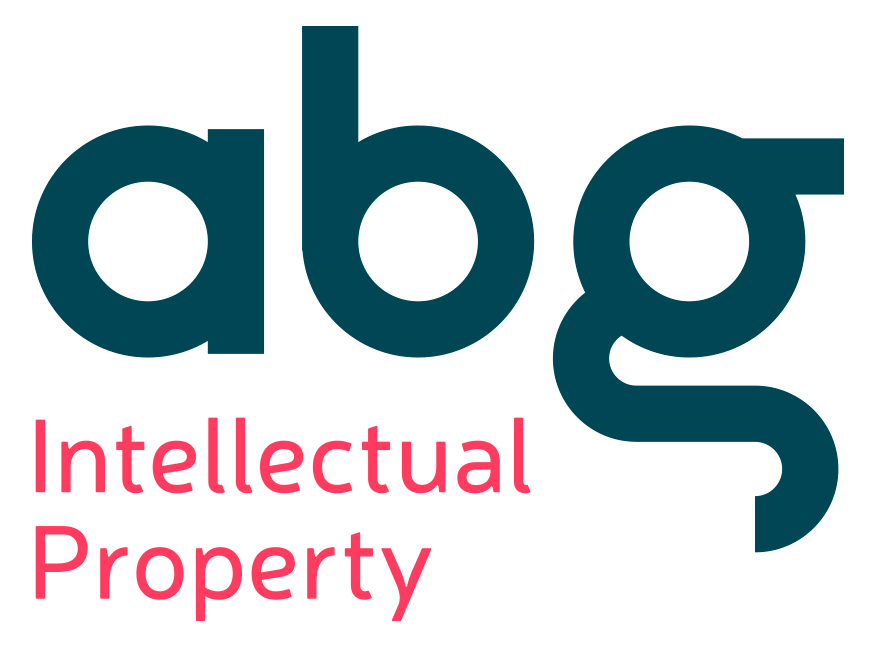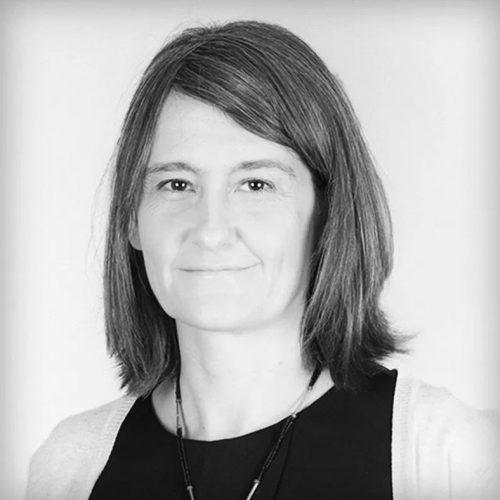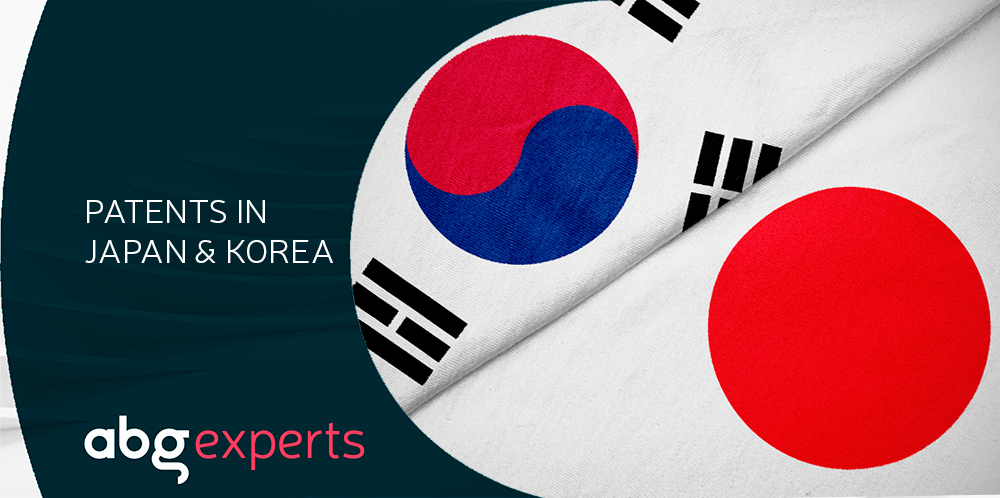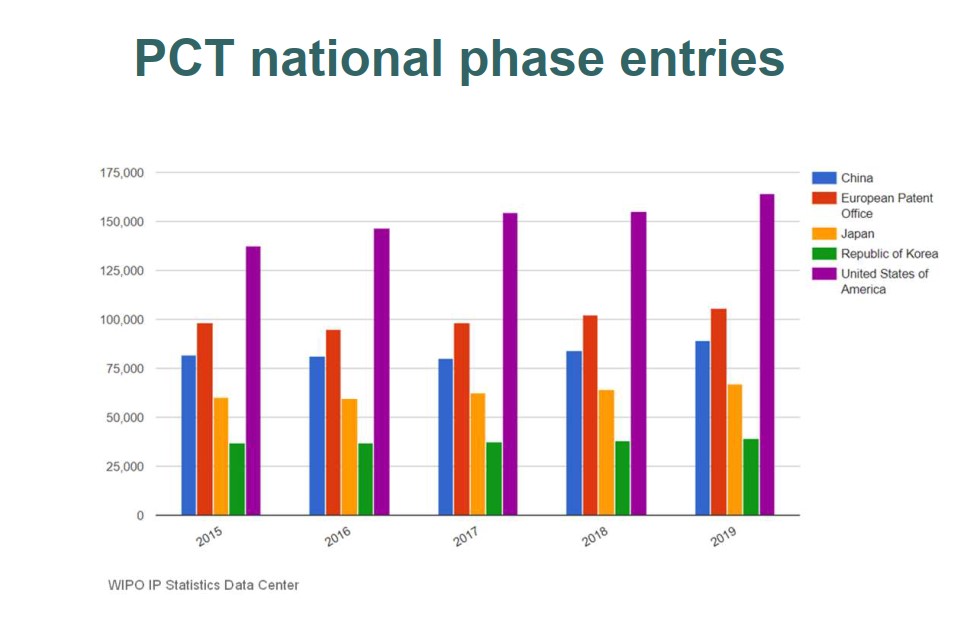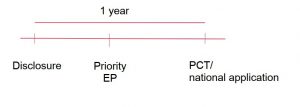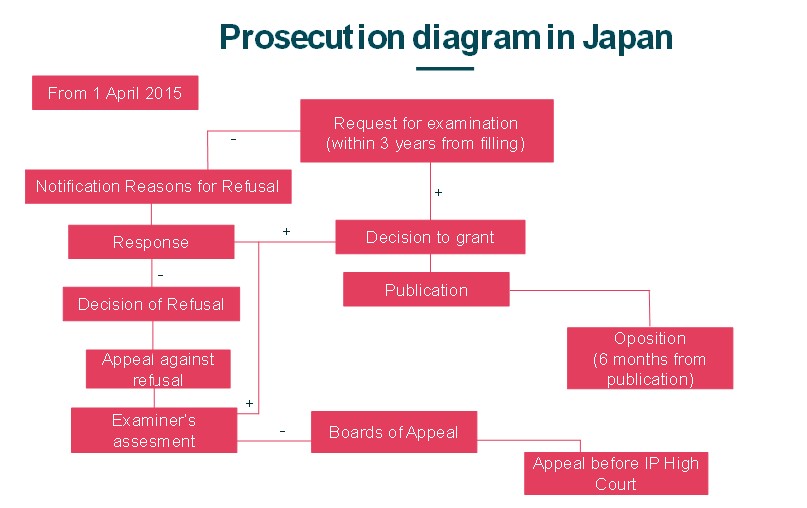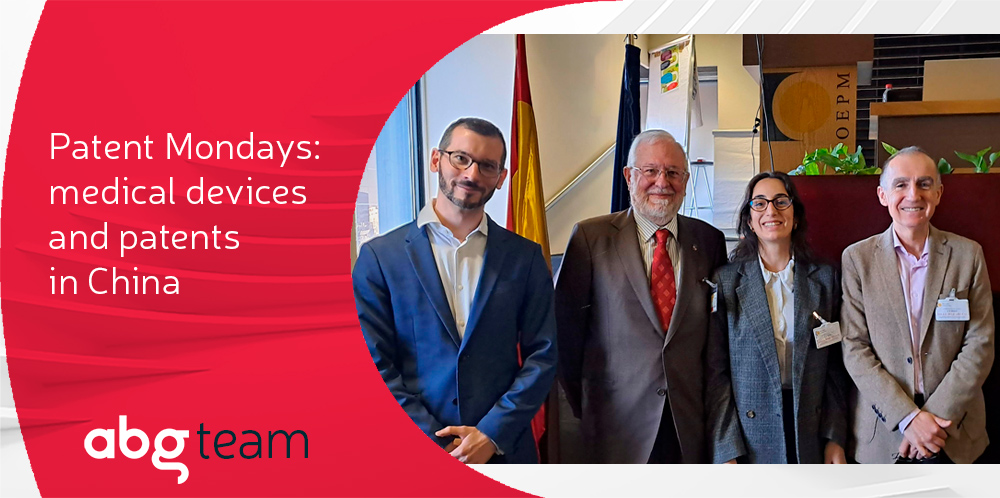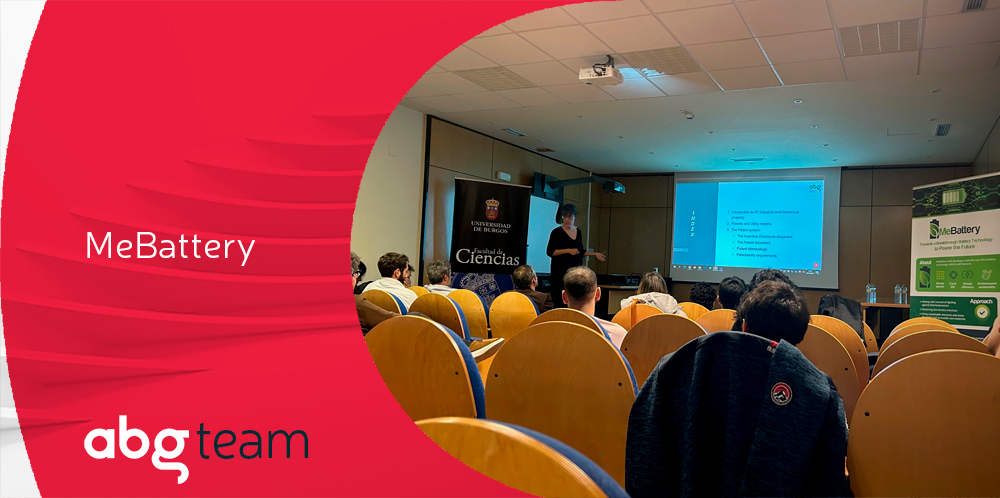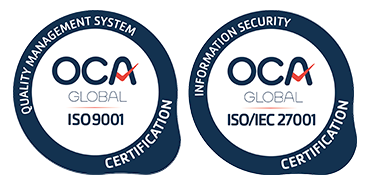Both Japan and South Korea are countries with a long track record in Industrial Property. Not surprisingly, they have significant scientific and technological potential that has enabled them to develop inventions covering a wide range of patentable technologies.
It is significant that the total number of patent applications filed in each of these countries exceeds the total number of European applications, ranking only behind China and the United States, as shown in the following graph:
However, it should be noted that, unlike European applications, and as with Chinese applications, a large majority of Japanese and Korean applications correspond to direct national applications, and not so much derive from PCT applications. As a result, in the latter case the statistics vary significantly. Thus, entries from PCT are led by the United States, followed by Europe and China.
The reason for this variation between direct filings and entries from PCTs lies primarily in the fact that many direct applications are filed by national applicants, which contrasts sharply with practice in other jurisdictions. This behaviour is noticeable when searching patent databases. These databases show a large number of documents filed only in Japan or Korea (and similarly in China) with no equivalent in other countries.
Inventions that can be protected by a patent in Japan and South Korea
The inventions that can be protected by means of a patent in Japan and Korea are very similar to those accepted in Europe, although there are some exceptions. These countries allow the protection of:
-
- biological material isolated from its natural environment; isolated genes; proteins; stem cells; plant extracts; use of natural products; medical uses;
however, unlike in Europe, the following can also be protected:
-
- plant varieties, and
- treatment, surgical and diagnostic methods in non-human animals.
On the other hand, the following are excluded: inventions that could harm public order, morality or public health; inventions contrary to the laws of nature; scientific discoveries, mathematical methods or the mere presentation of information; aesthetic effects; as well as treatment, diagnostic and surgical methods applied to the human body.
Medical uses
In relation to inventions in the field of medicine, it is worth mentioning that, although the Japanese office may accept protection for first medical use, this is not the common practice. In both countries, medical use protection is sought by claiming with the following format:
“A pharmaceutical composition comprising compound X for the treatment of disease Y”.
In addition, and similarly to Europe, there is also the possibility of claiming a regimen of administration of a medicinal product or the selection of a group of patients, when the medical use is already known. In these cases, experimental support must be provided in the original application.
Software
As far as computer programs are concerned, Japan has allowed their protection since 2002; while in Korea software can be protected but requires its combination with hardware, although it is also possible to protect software recorded on a storage device or even online.
“Product-by-process”
Product-by-process claims have been very controversial in Japan in recent years. However, following some Japanese High Court decisions, the Japanese Office changed its practice and only accepts such claims when it is impossible to define a product on the basis of its structure and technical characteristics.
Although this may sound similar to European practice, the Japanese Office is becoming increasingly strict with this type of claims and usually issues an objection on the grounds of lack of clarity. To overcome this, it is necessary to justify in great detail why the product so claimed cannot be defined on the basis of its structure and/or properties.
On the contrary, the Korean Office is not so restrictive and even admits the coexistence of product and product-by-process claims.
In line with the EPO, the protection conferred by a product-by-process claim is that of the product as such, regardless of the method by which it has been obtained. Therefore, any prior art document describing a product that is the same or shares the same technical features as the product obtained by the claimed method becomes an obstacle to its patentability.
This same criterion is applied in cases of infringement, i.e., the marketing of a product with the same features as a product protected in terms of the method by which it is obtained would imply the infringement of the claim protecting said product, even if the infringing product was obtained by a method different to that defined in the caim.
However, in the case of Korea, if the scope of protection is excessively broad, that “product-by-process “ claim could be interpreted as limited to the method by which it was obtained.
Language requirements
Applications in Japan may be filed in any language, both for direct applications and for national phase entries from PCT. However, a Japanese translation must be provided within 16 months from the filing date (or from priority date where applicable) for direct national applications and 2 months for PCT national phase entries.
In the case of Korea, its office only accepts applications in Korean or English, both for direct applications and for PCT entries. In the case of filing in English, the Korean translation must be filed within 14 months from the filing date (or from the priority date where applicable) for direct national applications, and 1 month for PCT entries.
These translations involve considerable expense when making national phase entries, bearing in mind that a professional translation must be provided, and not an automatic translation, as the authentic text is precisely that of the translation.
Grace period
Unlike European practice, Japan and Korea have a 12-month grace period during which any disclosure made by the inventors of a patent application themselves is not considered prior art for the patent application.
The Japanese or Korean application, whether direct or from PCT, must be filed within one year of the disclosure, regardless of whether it claims foreign priority.
Patent prosecution in Japan
The following is the prosecution scheme that applies in Japan since 1 April 2015:
Once the application is filed in Japan, the request for examination must be made within 3 years, whether the application is a national application or an entry from PCT.
The most significant aspect of the prosecution in Japan is that the office generally issues a single office action, and if the response to this action does not overcome the objections issued, the next communication is a rejection decision which must be responded to by filing an appeal. If the arguments put forward in response to this rejection decision are not convincing to the examiner in charge of the case, the application is sent to the Board of Appeal and ultimately must be appealed before the High Court.
Amendments
Japanese practice allows for amendments to the claims at the time of filing the request for examination and also upon entry into the national phase from the PCT. Changes – both to the claims and to the description or drawings – are also allowed in response to a first notification with grounds for rejection, as well as after the final decision of rejection, although in the latter case amendments are more restricted to deletion of claims, limitation of terms/features, correction of errors or amendments for reasons of lack of clarity.
Post-filing experimental data
Regarding the provision of experimental data subsequent to the filing date of the patent application, they are generally accepted in order to justify compliance with the inventive step requirement, but are not usually allowed in order to overcome objections due to lack of support or sufficiency of disclosure.
Patent prosecution in Korea
The Korean prosecution scheme is similar to that of Japan and has applied since March 2017. However, Korean practice allows for a request for re-examination after the rejection decision as long as amendments to the claims are filed, which allows for some additional opportunity at the examination stage to overcome the objections issued by the patent office.
Likewise, an appeal may be filed in response to the decision of rejection or the decision of rejection after re-examination before the Industrial Property Court.
Amendments
Unlike the practice in Japan, national phase entry in Korea must be made with the same set of claims used for the original PCT application (unless amended under Art. 19 PCT), regardless of whether that PCT application has been prosecuted under Chapter II and modifications to the claims have been made under Art. 34 PCT.
However, amendments are allowed at the time of request for examination or in response to an office action. After a refusal decision, amendments are more restricted as in the case of Japan.
Divisional applications
In both Japan and Korea, divisional applications can be filed within specific time limits.
Thus, in the case of Japan, divisional applications can be filed at any time when amendments to the claims can be made (e.g. in response to an office action) or within 30 days of the notification of acceptance.
If the application has received a decision of rejection, it is also possible to file a divisional application at the time of filing an appeal against it or within 4 months of receipt of such a decision if no appeal was filed.
For the case in Korea, divisional applications may also be filed at any time when amendments to the claims may be made (e.g. in response to an officie action) or within 3 months of the notification of acceptance.
Where a decision of rejection has been received, the divisional application may be filed upon request for re-examination or, if made after the request for re-examination, within 3 months of acceptance, or within 30 days of the decision of rejection whether or not an appeal is filed.
Third party observations
Third party observations are admissible in both countries at any time while the application is pending. In Japan, they can also be submitted after grant.
Similarly, in both countries, the grounds must relate to lack of novelty and/or inventive step. In Japan, grounds relating to clarity, sufficiency of disclosure, addition of subject matter or double patentability are also allowed.
Both jurisdictions also allow such observations to be submitted anonymously.
Oppositions
In both Japan and Korea, any third party may file an opposition within a period of six months from the publication of the grant of the patent. The grounds for opposition are similar to those already discussed for third party observations.
Unlike in Europe, there are no oral hearings in Korea and Japan, the entire prosecution takes place in writing. In addition, in Korea the owner is the only one who can appeal against the decision of the Office after the opposition proceedings, whereas in Japan there is no possibility for either party to appeal.
Patent extension
There are two tools to extend the 20-year exclusivity period conferred by a patent:
-
Patent Term Adjustment (PTA)
This extension applies when there has been an excessive delay in the prosecution of the application until grant for reasons attributable solely to the National Office. The request for this extension can be made within three months of grant.
In Japan it is allowed when the grant of the patent has occurred more than five years after filing and provided that more than three years have elapsed since the request for examination. In Korea it is similar, but applying a period of four years from filing.
-
Patent Term Extension (PTE)
This extension is equivalent to that conferred by Supplementary Protection Certificates and is only available for inventions related to pharmaceutical or agrochemical products.
It allows a maximum extension of five years to be obtained for a product for which a marketing authorisation has been obtained. The request for such an extension must be made within three months of such marketing authorisation, and provided that it is made within 6 months prior to the expiry of the patent. If the owner foresees that the marketing authorisation will take place in the last 6 months of the patent’s life, a provisional extension can be requested.
Utility models
The utility model exists in both Japan and Korea, the duration of the protection being ten years. However, it should be noted that this type of protection is not available for inventions in the field of chemistry.
In both countries, the application for a utility model must pass a formal examination, but only in Korea is it necessary for the invention to undergo a substantive examination, in which the requirements of novelty, inventive step and industrial applicability are reviewed.
It is not possible for a patent and a utility model to coexist for the same invention, but one can be converted into the other.
Lastly, some recommendations
The following are some recommendations to try to optimise the prosecution of patent applications in these countries:
- adapt the claims to the practice of each country when requesting for examination, thus avoiding the issuance of an office action due to formal reasons;
- when the PCT is drafted in Spanish, prepare the translation into English or Korean in advance if you intend to enter Korea since other languages are not accepted;
- provide experimental evidence that supports the claimed scope, and the advantages provided by the invention, preferably in the original application or, at least, in response to the first office action, thus avoiding subsequent problems that force you to excessively restrict the claimed scope;
- when using product-by-process claims, include data/properties in the specification that could characterise the claimed product, or solid arguments justifying the reasons as to why the product cannot be defined in terms of its structure and/or technical features;
- for applications in Japan, file a divisional application along with the appeal against the decision for rejection as a precaution in case the Board of Appeals directly rejects the application without issuing any office action.
